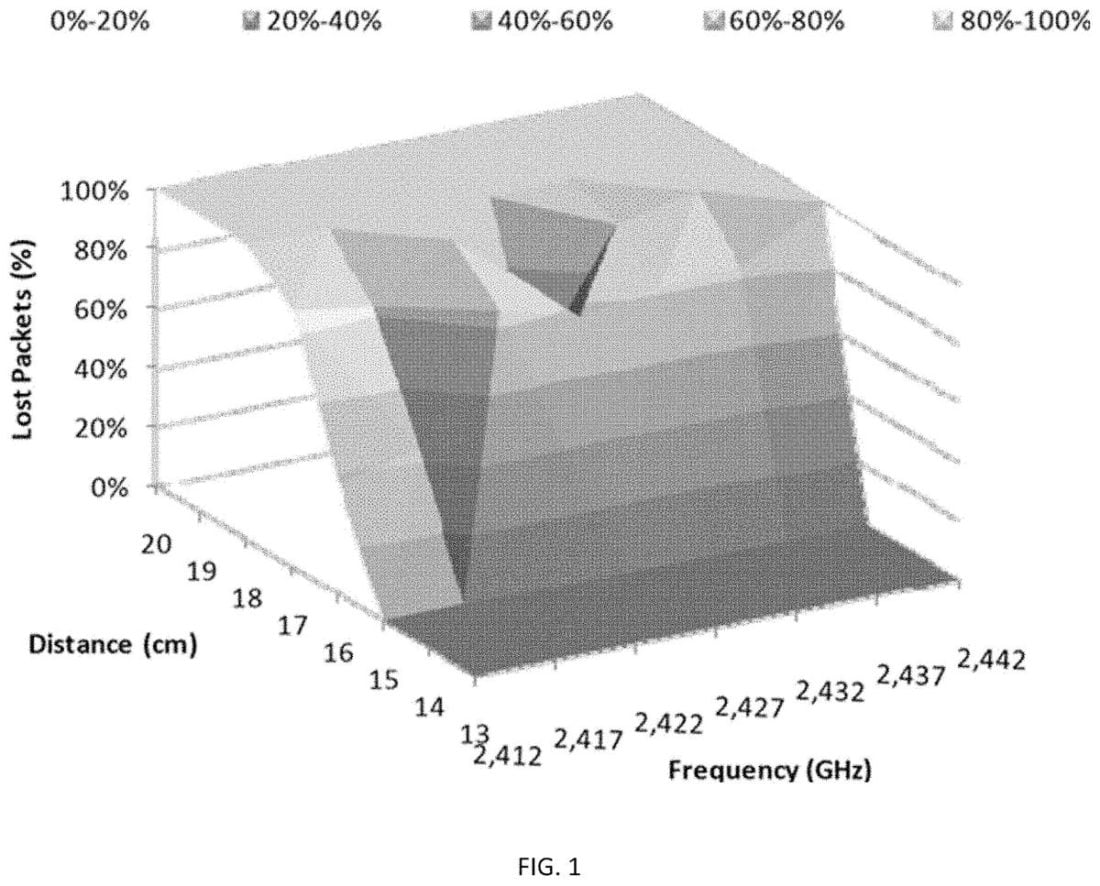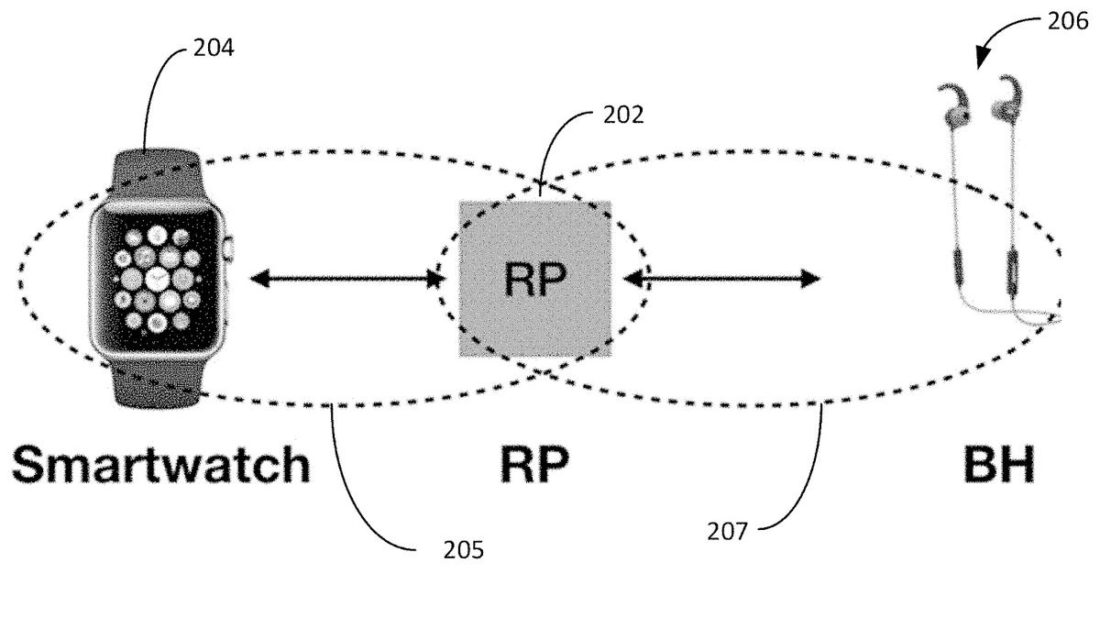The invention of an underwater Bluetooth range extender, which aims to improve wireless signals between smartwatches and headphones, is currently in its approval status, only a few months after Finnovative Group LLC’s Kari Kristian Rauhala first filed the patent application in December 2021. As the incumbent Managing Director of Finnovative Group LLC, Kari Kristian Rauhala specializes in patents regarding audio systems and devices, as well as waterproof housings that would support the technology’s functions underwater. Rauhala also co-founded Pear Sports, LLC and presently serves as the Chief Executive Officer for H20 Audio.
Why Is There a Need for an Underwater Bluetooth Range Extender?
Having a keen eye for underwater technology inventions, Rauhala aims to extend the distance covered by Bluetooth communications when submerged in water. As claimed in the patent document, several smartwatches come with at least one media player application that enables wireless communication channels like WiFi or Bluetooth to be used to playback or stream digital audio files. Good thing is that some contemporary smartwatches nowadays are waterproof, and can be used even underwater. Most of the time, wireless headphones can be paired with a smartwatch to play digital audio files. These headphones typically use a short-link, low-power radio frequency (RF) link such as Bluetooth, and more specifically Bluetooth 2.4 GHz RF, which has been created to function on land where a transmitted signal’s air propagation range is approximately 10 meters. This range is said to be sufficient to cover the distance from a user’s wrist to the user’s head or ears in the event of pairing between a smartwatch and wireless headphones on land. However, the case differs when it comes to underwater scenarios. In fact, Bowe stated in an article that the distance between the music player and wireless headphones is the main issue saying that if the two devices are moved apart by two feet, the Bluetooth signal’s strength is lowered by four times. According to Rauhala (2018) in one of his H20 Audio blogs, Underwater Audio’s founder Todd Walker also said that, This is due to laws of physics, as water molecules attenuate the signal. When any Bluetooth device is put underwater, the range is just (a) few inches. Also, Bluetooth is a low-power system and the range in air is about 30ft/10m.” Furthermore, as observed in Fig. 1, Bluetooth transmissions within 15 to 20 centimeters in water can be completely muted since it was claimed that the effective range of Bluetooth communications under water is roughly 0 to 15 cm before the signal drops in its zero state.
How This Bluetooth Range Extender Works Underwater
This innovation highlights the functionalities of an underwater repeater, also referred to as a link or range extender, that a user can wear while being submerged in an aquatic environment to increase the communication range of short-link radio frequency communications, like Bluetooth. This repeater solves the problem of the limited underwater range between the users’ smartwatch on their wrist and the wireless headphones on their ears by duplicating the signal at the middle (i.e., the users’ arms). In order to attach the Bluetooth range extender to a portion of the user’s arm, preferably between the user’s wrist and their head, the device can be connected to an attachment mechanism, such as a band, belt, sleeve, and a strap to firmly hold onto the user. To further explain, the actual Bluetooth range extender/wireless repeater (refer to Fig. 2) that is enclosed in a waterproof housing is part of the overall audio system that is used in aquatic environments. Each extender is designed to transmit a wireless signal, such as a Bluetooth short-range radio technology signal between two wireless “communication-enabled” devices. The Bluetooth extender consists of a first antenna for receiving wireless signals from either a smartwatch strapped on a user’s wrist or a smartphone worn on a belt or band, which is coupled by a second antenna that is connected to a repeater circuitry for transmitting the processed wireless signals to the headphones.
FinnTech’s Bluetooth Range Extender vs. the Competition
Back in 2017, Underwater Audio released its Android-based audio player called Delphin, which is a waterproof micro-tablet, together with Swimbuds Bluetooth– a set of water-resistant Bluetooth in-ear headphones. According to Bowe, the audio player attaches to the back of the swimmer’s goggles, a few inches away from the headphones, where the Bluetooth signal can be strong. Todd Walker, Underwater Audio’s founder, claims that: However, Underwater Audio’s underwater audio solution requires the Delphin micro-tablet to be only a few inches away from the Bluetooth headphones to ensure connection. So, the micro-tablet needs to be attached to the users’ goggles. Given the attributes of Finntech’s underwater Bluetooth range extender, this invention could solve the current market offering’s user experience by being placed in the arms instead of the goggles and letting the users use their current smartwatch or other waterproof devices.
https://patents.google.com/patent/US20220123843A1/en https://patents.google.com/?inventor=Kari+Kristian+Rauhala https://www.underwateraudio.com/ https://www.linkedin.com/in/kristianrauhala/details/experience/ Bowe, T. (2017, July 6). The Bose of Waterproof Headphones Wants You to Swim with Sound. https://www.gearpatrol.com/tech/a360914/underwater-audio-headphones/ Rauhala, K. (2018, June 27). BLUETOOTH AND WATER: HOW TO USE WATERPROOF BLUETOOTH HEADPHONES IN THE POOL. https://h2oaudio.com/blogs/news/bluetooth-and-water

